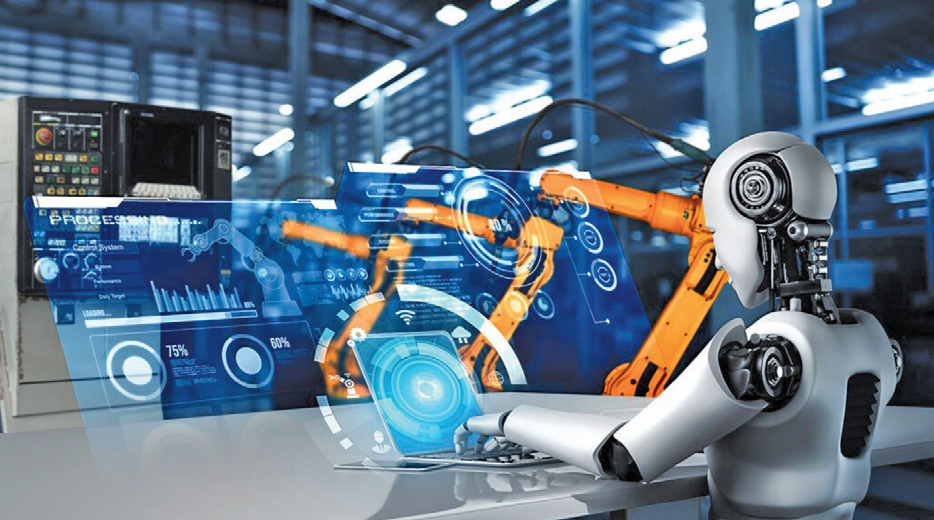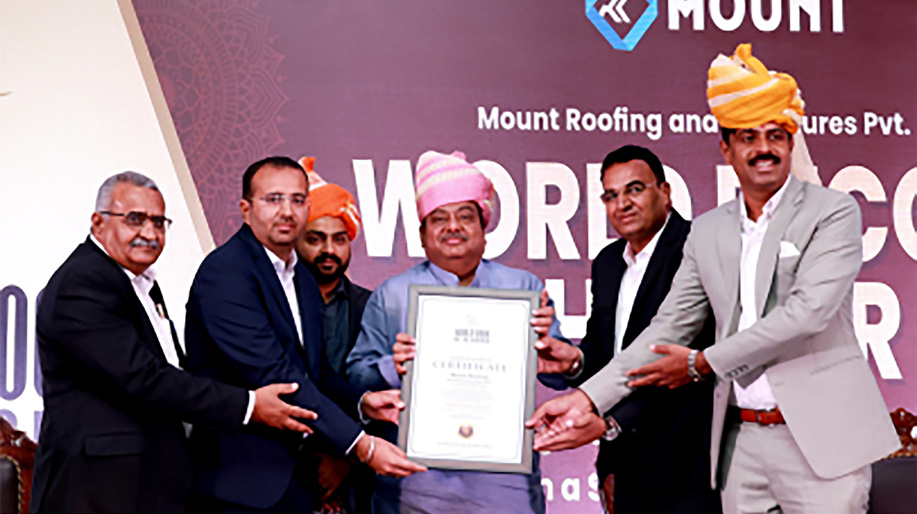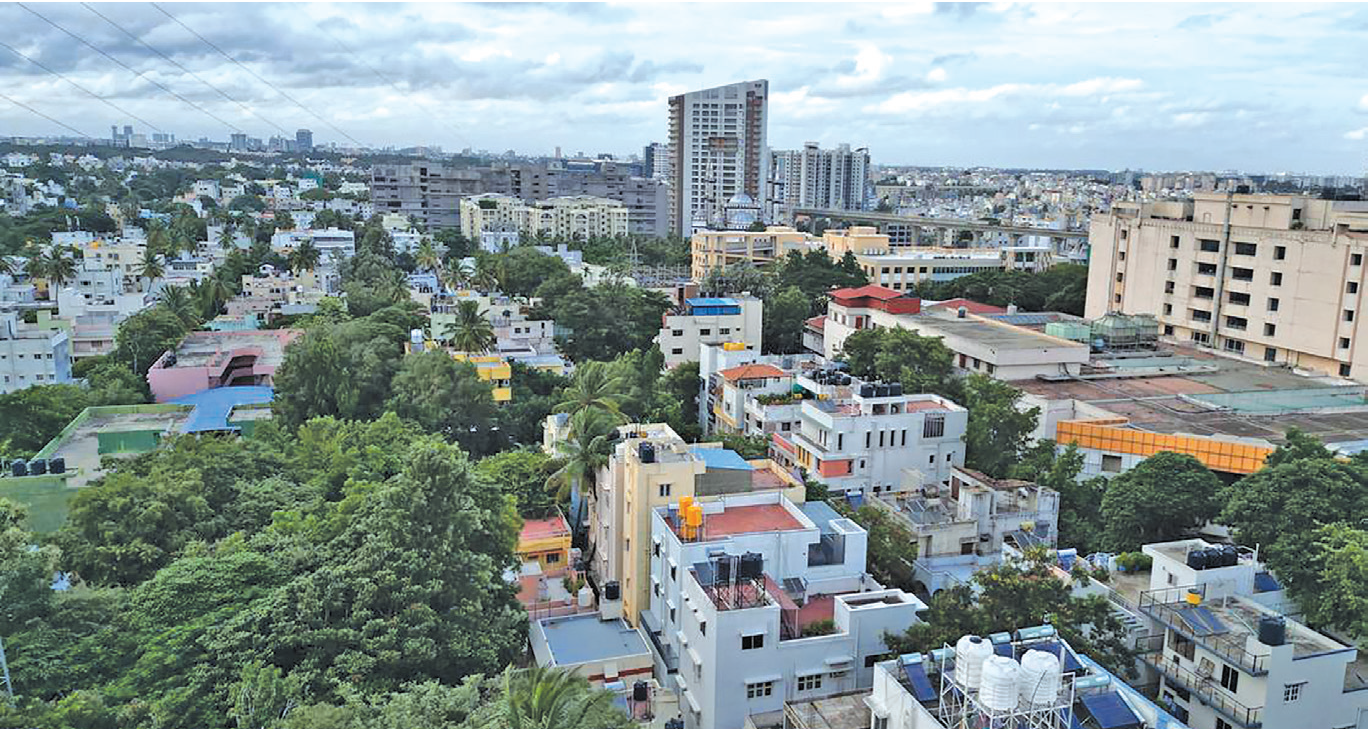
Reshaping high-tech manufacture: Robots to the fore
As the world of high-tech manufacturing continues to evolve, automation and robotics remain the cornerstones of significant transformations. The incorporation of these technological advances into industrial processes is not only increasing productivity but also expanding the industry’s potential. This article examines the current landscape of robotics and automation in high-tech manufacturing and explores potential developments that may influence this evolving industry. Kiran Rudrappa, CEO and co-founder of Posspole, Bengaluru emphasises the current state of automation, stating, “The impact of automation and robotics on manufacturing has been revolutionary. They have not just improved efficiency but redefined our understanding of production capabilities.” In terms of output and cost-effectiveness, the deployment of automation and robots in the manufacturing industry has drastically altered the game.
According to a report published by the International Federation of Robotics (IFR), over 3 million industrial robots were utilised globally in 2021. These robots perform a wide range of tasks traditionally handled by humans, such as quality checking, complex component handling and production-line activities. Today, businesses across various sectors are leveraging robotics to tackle complex projects requiring extreme accuracy. Rudrappa points out that, for example, in semiconductor production, robots can achieve micrometre accuracy, significantly reducing the likelihood of human error and enhancing product quality. He said, “When precision is key, robots provide the consistency and reliability that human hands simply cannot.” The speed at which robots can operate and switch between tasks has led to shorter production cycles. This capability enables manufacturers to respond more rapidly to market changes and consumer demands, a crucial advantage in today’s fast-paced market environment. According to Rudrappa, “The agility offered by robotic automation means companies can pivot quickly in response to evolving consumer preferences, keeping them competitive.” Rudrappa stated, “One of the most underrated yet significant advantages of automation is the improvement of worker safety.
Many hazardous jobs in the production process have been replaced by robotics, significantly reducing workplace accidents.” “Looking ahead”, added, “the integration of artificial intelligence (AI) and machine learning with robotics is expected to deepen. AI enables robots to make decisions based on real-time data, improving performance without human intervention.” He explained, “With advancements in AI, robots can learn from their environments, making them more efficient and independent.” Rudrappa added, “Another notable trend is Robotics as a Service (RaaS), allowing businesses to rent robotic software and equipment rather than purchasing it outright. This model significantly benefits smaller firms by lowering entry barriers and providing flexibility to scale production or update technology as needed.”
 English daily published in Bengaluru & Doha
English daily published in Bengaluru & Doha






